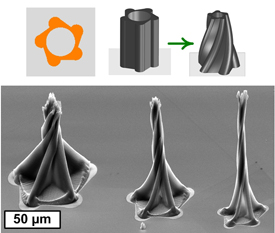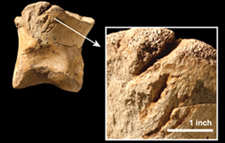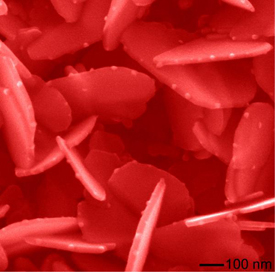X-Ray Diffraction May Play Key Role in Stopping ‘Kissing Bug,’ Fungus

John Tanner, who also teaches chemistry in the College of Arts and Science, is studying Aspergillus fumigatus. Image credit: University of Missouri
COLUMBIA, Mo. – If finding the cure for a fungus and parasite that affects millions of people were the subject of a detective show, University of Missouri Chemistry Professor John Tanner would be the forensic expert in the lab, using high-tech equipment to make a model that could eventually solve the crime.
Tanner, who also teaches chemistry in the College of Arts and Science, has joined forces with Pablo Sobrado, an assistant professor of biochemistry at Virginia Tech, to study a unique enzyme found on two “crime scenes”: in Aspergillus fumigatus, a fungus that causes pulmonary diseases in immuno-compromised people; and in a blood-sucking insect prevalent in South America and now being found in the southwestern U.S., called the Chagas parasite, also known as the “kissing bug” for the red welts left on the victims’ faces after being bitten in his or her sleep.
“My job is to figure out what the enzyme looks like using X-ray diffraction,” Tanner said. “This enzyme makes a special sugar molecule that these organisms need to survive, so if we can find a way to stop the reaction that makes that sugar, then we might find a way to kill these pathogens.” (more…)




